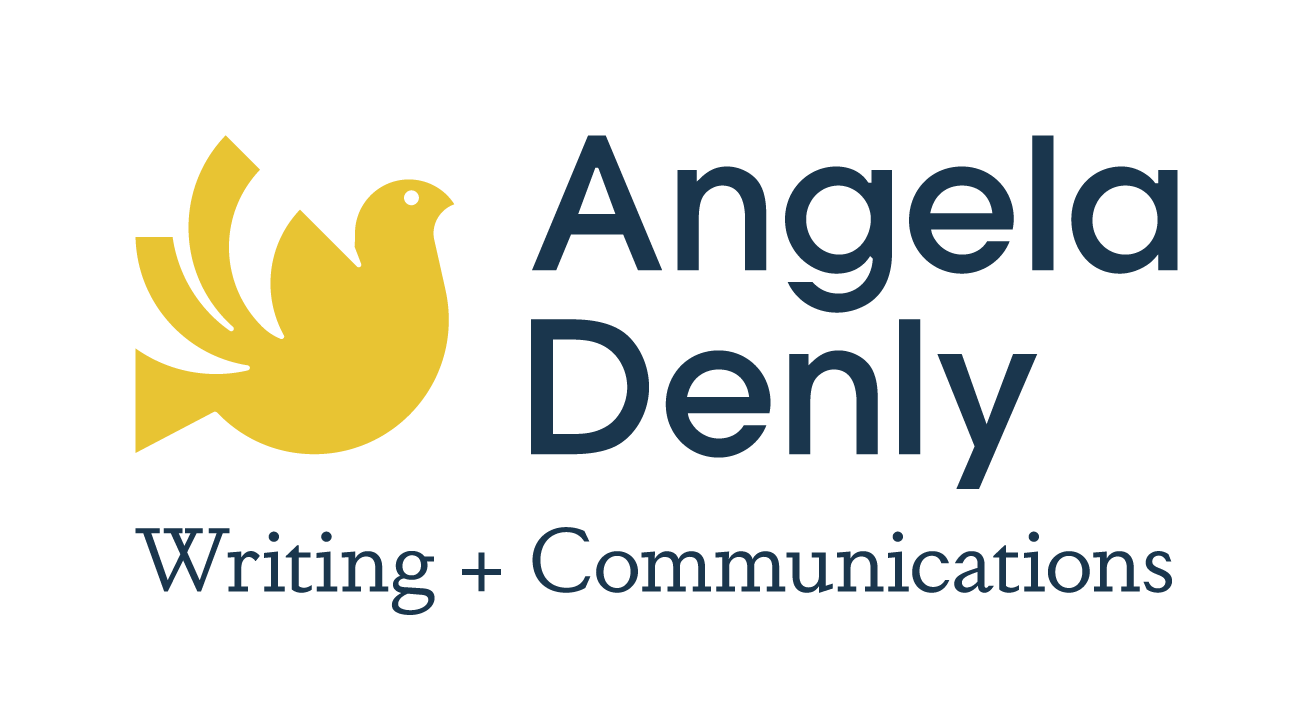
22 Aug 5 cups of tea and a blank page staring at me
How copywriting habits help me defeat the white screen

Copywriting habits – for me, it’s a cup of tea!
Writer’s block, the terror of the blank screen, the inability to focus to write more than one sentence. These are problems that most business owners face when sitting down to write content – and quite a few copywriters too! In this post, I’ll go through my copywriting habits that help me to turn a blank screen into a page filled with carefully crafted words.
[ctt title=”Writer’s block be gone – the #copywriting habits that help me” tweet=”Writer’s block be gone – the #copywriting habits that help me http://ctt.ec/4ax71+” coverup=”4ax71″]
Step One – Make a cup of tea
Nothing gets written at ADHQ without tea. It is my number one copywriting habit and I dread to think what would happen if there was a sudden world shortage of camellia sinensis. Black tea, moderately strong, splash of full cream milk, thanks! Occasionally tarted up with quality spiced chai – no syrup muck, proper leaf and spice blend only.
But of course, it’s not actually the tea that helps. It’s what I do while drinking the tea. And that’s take a moment to pause and get clear on what the purpose and goal is of whatever I’m writing. I’ll use this time to sketch out some notes on who the audience is, if that’s not already been defined, what I want the piece of writing to achieve, and my initial thoughts on how to structure the piece.
Step Two – Research (and maybe another tea)
The second of my copywriting habits is research. I like to take the time to really understand a topic before I start writing on it. I can sometimes spend more time researching than I do writing (not always, but sometimes).
Usually, this research is desk-based and will typically involve:
- Reviewing competitor websites to see what works and what doesn’t
- General industry research, including checking industry bodies if they exist
- Speaking to you – the client, and maybe even your clients: this helps me to get a feel for the language that you are using and will resonate with your target audience
- Having a look to see if there’s any news items or trends to spark an idea, especially for blog content or feature articles

Researching with a cup of tea!
Step Three – Brewing (another cup of tea)
Once I’ve done some research and have a bit of a rough outline, I’ll usually try to take a break before writing anything. Depending on the deadlines and how long I have, this can be anything from an hour to a couple of days. I call this the ‘brewing stage’ where I let all my thoughts jumble about, shuffle position and percolate away.
This stage can look a lot like procrastination. But I’ve learnt over the years that if I try to write too soon each and every word will be a struggle. It’s less effort, and I get a better result, faster, if I accept this resistance and give the words time to come. A piece that might have taken me an entire day and still need to be totally rewritten can often come together in a fraction of the time once I’ve given my brain the chance to process and absorb the information.
Step Four – The first draft (with, you guessed it…)
Okay, there’s no getting away from it now, take a gulp of that tea, it’s time to write. And this is the number one copywriting habit. JUST WRITING. Don’t let that blank page taunt you. Write something, anything. I usually start with an outline and then jump about fleshing out the various points. Other writers start with the conclusion.
It doesn’t actually matter how you write a piece. The important part is to start. Get that ugly first draft done and walk away. Leave it as long as you can, ideally overnight, but even just an hour or two is good if that’s the best you can manage with your deadline.
Step Five – Sip your way through the second draft
After giving yourself as much time as you can manage away from the first draft, it’s time to look at it with fresh eyes. As you drink your tea, read over the piece and see if it hits the goals you set for it. Will it resonate with your target audience? Is it clear what the objective is? Can you shuffle around the order to make it clearer and easier to read? Are there better words you can choose?
Once you’ve tweaked this second draft, it’s time to send your baby out into the world. If you’re a copywriter (like me!), that probably means sending it to the client for review. If you are a business owner writing your own copy, this is a great point to send your draft to an editor (like me!) for polishing up.
And there you have it, an article written in five cups of tea
This is the methodology that works for me and allows me to break down the tasks of writing about a wide range of topics – that often I have very minimal knowledge of at best, or absolutely zero knowledge of at worst – into an achievable approach.
[ctt title=”How many cups of tea does a first draft take? #copywriting #writerhabits” tweet=”How many cups of tea does a first draft take? #copywriting #writerhabits http://ctt.ec/seay7+” coverup=”seay7″]
Over to you
What are some of your copywriting habits? Or tell me your favourite type of tea in the comments!

